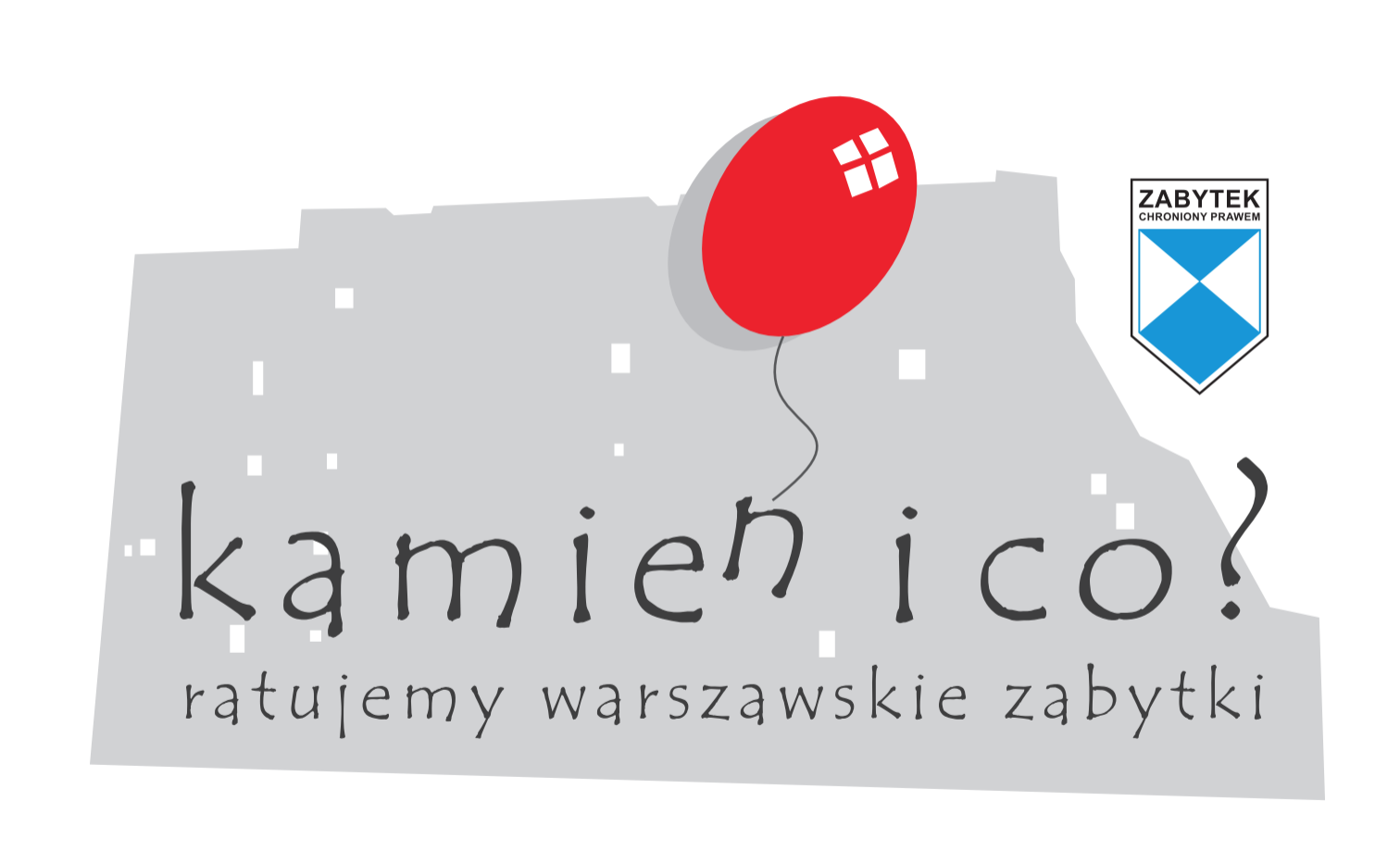
Julian Tuwim's Suitcase
8 Złota Street

In 1940, Mieczysław Weinberg found himself in Minsk, where he began studying composition. To forget, even if just for a short while, about the nightmare of the war, he reached for the poetry of Julian Tuwim. This is how his song Akacja (Acacia), op. 4 was composed.
Later, Weinberg admitted that Tuwim had as much influence on him as Dimitri Shostakovich.
Wajnberg and Tuwim
The composer also wrote other songs to the lyrics by Julian Tuwim: Biblia cygańska (Bible of the Gypsies), Wspomnienie (Memories), Stare listy (Old Letters), O siwa mgło (Oh, Gray Fog) and Słowa we krwi (Words in Blood). Symphony no. 8 Kwiaty polskie (Flowers of Poland) – the same one that was removed from the programme of the “Warsaw Autumn” festival in 1966 – contains further references to Tuwim's texts. Julian Tuwim's photo hung above Mieczysław's desk, right next to the photo of Shostakovich.
Both Weinberg and Tuwim must have visited and worked on Andrzej Włast's revue projects, although it is difficult to establish, whether they met in person at that time. There was a big age difference between them (over 25 years), and their position in the artistic circles of Warsaw was also quite unlike. What is more, in the late 1930s, Julian Tuwim suffered from prolonged anxiety and did not leave the house for weeks. It was, therefore, very difficult to maintain personal contact with the poet.
Weinberg's Suitcase
They both left Warsaw in early September 1939 – Tuwim left on September 5 by car, and Weinberg two days later, on foot. Among the few things he was able to pack were his first compositions: Kołysanka (Lullaby) for piano from 1935, String Quartet no. 1 from 1937, and Two Mazurkas from 1933 – the very ones he did not want to play as an encore during performances with Loda Halama, even though the dancer enjoyed them very much.
Years later, the composer often spoke about his own youthful compositions with disdain and did not think highly of them. However, these scores accompanied him during the difficult years of war and wanderings through the USSR. It was only many years later that it turned out how important these compositions were to him.
In the 1980s, he managed to change the name “Moisey” in Soviet documents. In his 1988 letter to Krzysztof Meyer, he explained the reasons for his decision:
I wanted to return to my real name, if for no other reason than this: in the only preserved documents – my works – I was signed as "Mieczysław". Escaping from Warsaw and then from Minsk, I only took my works and any "graphological expertise" would confirm that their author was named Mieczysław Weinberg. So I decided to go back to it.
Tuwim's Suitcase
In 1939, Julian Tuwim left behind a library and a collection of press clippings accumulated over the years in his apartment at 7 Mazowiecka Street. This collection was used to build a street barricade during the Warsaw Uprising, and individual books found their way to the poet even many years after the end of the war. During that period, he packed his youthful works in a separate suitcase.
But when in the early morning of September 5 we were forced to flee Warsaw from the approaching cohorts of Teutonic fascists, I had to leave the suitcase behind. There was no room for it in the overcrowded car. This coffin, containing many years of writing and the most tender memorabilia of the past, was buried in the ground. There wasn't a day in exile when I wouldn't think of it
– the poet wrote after the war after he had managed to recover some of his works.
Julian Tuwim entrusted the suitcase to Kazimierz Gać, the janitor of the "Wiadomości Literackie" (“Literary News”) magazine, with the instructions to bury it in the cellar of the house at 184 Czerniakowska Street, where the Tuwim family used to live. However, Kazimierz Gać buried it elsewhere – in the yard of the tenement house at 8 Złota Street, where the editor of "Wiadomości Literackie", Mieczysław Grydzewski, lived at number 5. The suitcase was not found until 1946, but the papers inside deteriorated due to moisture. One of the few manuscripts that could be deciphered was published as Pegaz dęba (The Prancing Pegasus).








